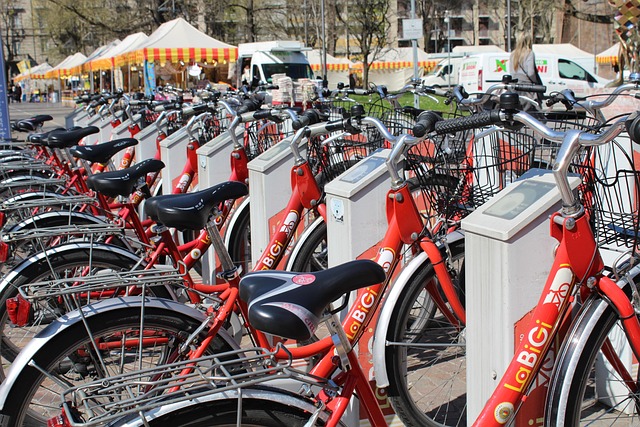Bridging Distances: The Heartbeat of Rural Communities
Living in the countryside offers a unique charm—open landscapes, close-knit communities, and a pace of life that feels endless. Yet, this tranquility often comes with a challenge: staying connected. For many rural residents, accessing essential services, educational opportunities, and economic activities hinges on reliable transportation. This is where rural public transport development programs step in, serving as vital lifelines that connect these vibrant, but often isolated, communities.
The Power of Integration in Rural Public Transport
Integration is more than a buzzword—it’s a necessity. When different modes of transport work seamlessly together, journeys become smoother, quicker, and more accessible. In rural areas, where distances can be vast and traditional public transport options limited, integrating buses, community shuttles, ride-sharing services, and even on-demand transport can make a meaningful difference. Imagine a system where a rider can hop from a local bus to a train station without missing a beat, or where digital platforms help coordinate rides that fit perfectly with an individual’s schedule.
Innovations Lighting the Way Forward
Modern technology is rewriting the rules of rural mobility. From smart ticketing systems to real-time tracking apps, the integration of these innovations within rural public transport development programs ensures that even the most remote areas are no longer disconnected. Pilot programs employing electric vehicles and solar-powered stops not only enhance sustainability but also demonstrate a commitment to the environment and the community’s future.
Voices from the Countryside
Behind every program are the stories of people whose lives have transformed thanks to improved connectivity. Farmers reaching markets more efficiently, students attending schools miles away without the burden of unreliable transport, seniors maintaining independence by accessing healthcare—all thanks to thoughtful integration in rural public transport systems. These narratives remind us that development programs are not just infrastructure projects; they are the threads weaving the social fabric of rural life.
Building Momentum Together
The success of rural public transport development programs depends on collaboration. Local governments, community groups, and private-sector partners must work hand in hand, leveraging data, feedback, and shared goals. When integration is prioritized, it unlocks opportunities for economic growth, social inclusion, and environmental stewardship—transforming the countryside into a connected, thriving space where everyone has the freedom to move.




